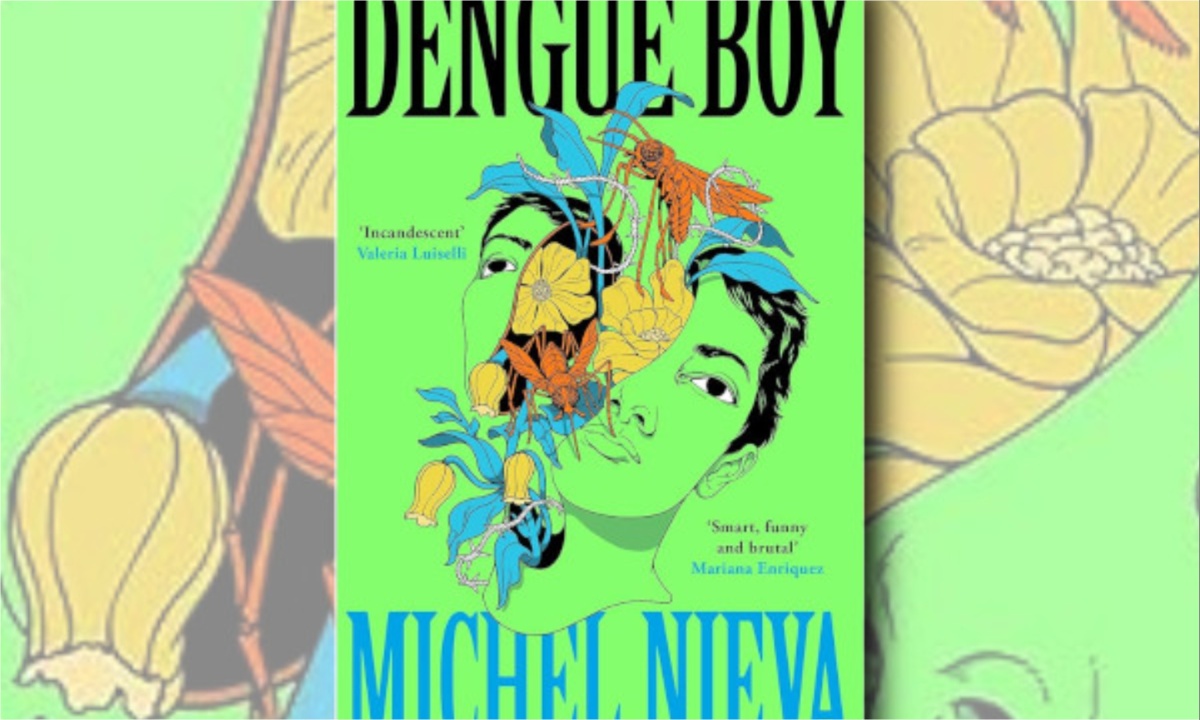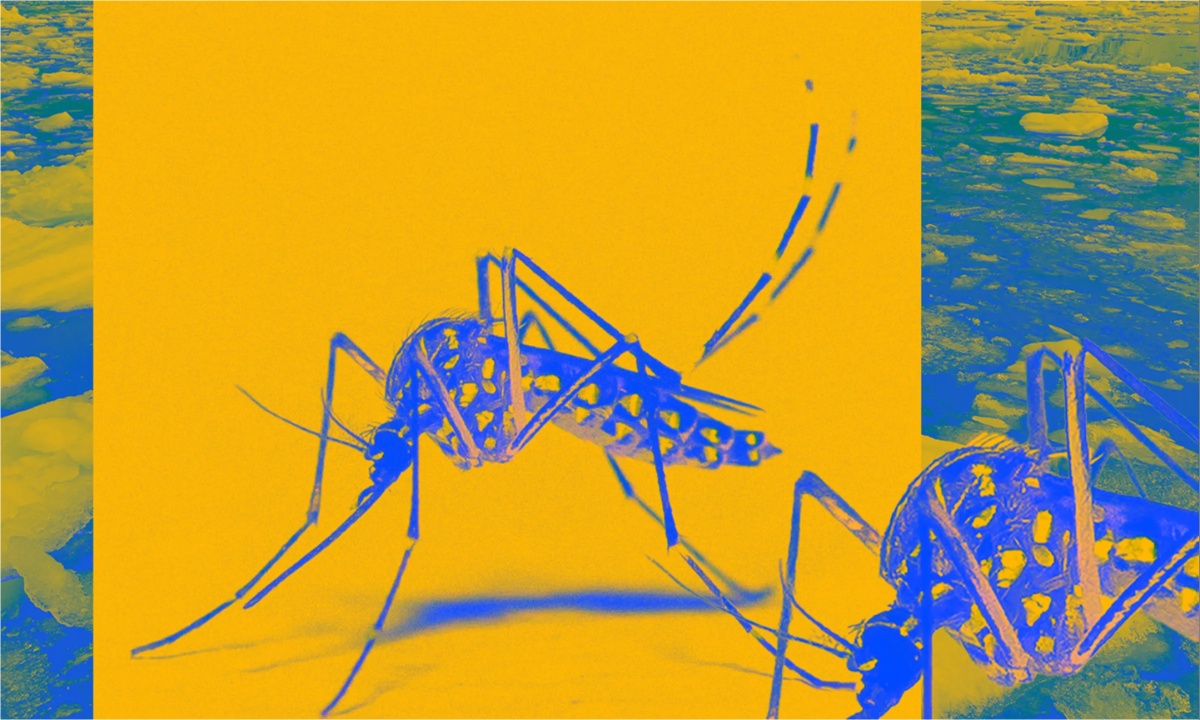Michel Nieva’s novel Dengue Boy plunges readers into a bizarre, nightmarish future set in the year 2272. In this world, climate change has devastated the planet, leaving Argentina barely habitable after the Antarctic ice cap has melted. The protagonist, Dengue Boy, is a mosquito-human hybrid, possibly the product of genetic mutation, corporate greed, or scientific experimentation—or all three.
Yet, his origins are secondary to his existence in a world that is almost unrecognizable due to extreme climate shifts. Nieva’s narrative is a strange, visceral exploration of a future shaped by environmental collapse and human adaptation.
Terraforming and the Business of Biomes
As the Earth’s natural ecosystems are destroyed, a new industry emerges: artificial biomes. In a world where temperatures reach unbearable extremes, wealthy clients can purchase custom-designed ecosystems, selecting from a menu of species to populate their private environments.
The novel satirizes the commodification of nature, as developers terraform the newly habitable Antarctic, offering a surreal take on consumerism in a collapsing world. This grotesque, yet darkly humorous, vision of the future highlights the absurdity of humanity’s attempt to control the environment even as it crumbles around them.

Humanity in Dengue Boy is sharply divided. While some barely cling to survival, others indulge in grotesque pleasures, living in a detached, virtual reality. The wealthy, entrenched in the “viroeconomy,” make fortunes by speculating on emerging diseases and hoarding potential cures.
Meanwhile, immersive video games like Christians v Indians 2 and the unsettling presence of “sheepies”—sentient sex dolls—paint a picture of a society where ethical boundaries have long eroded. Nieva’s dystopian vision critiques capitalism, technology, and human depravity in a world where suffering is ignored in favor of profit and entertainment.
The Grotesque and the Kafkaesque
The novel’s horror is deeply physical, with vivid, unsettling imagery of bodily transformation. Heads split open, tentacles emerge, and flesh twists in unnatural ways, making the book both fascinating and repulsive.
While Dengue Boy shares some thematic similarities with Kafka’s The Metamorphosis, the key difference is that Dengue Boy was always a hybrid creature—he does not suffer from the existential anguish of transformation. Instead, it is a society that must reconcile his existence. His grotesque form reflects the broader theme of evolution in hyperdrive, blurring the boundaries between mutation, adaptation, and identity in a rapidly changing world.
Despite its grim setting, Dengue Boy is anything but dreary. Nieva’s writing, translated by Rahul Bery, is frenetic, hallucinatory, and impossible to look away from. The novel’s surreal energy transforms its disturbing themes into something exhilarating—like watching chaos unfold with equal parts horror and fascination.
Much like the final scene of the movie Pearl, the book lingers with a mix of discomfort and awe. Dengue Boy is an unforgettable experience, blending speculative fiction, horror, and biting social commentary into a fever dream of a novel that dares readers to stomach its grotesque beauty.
